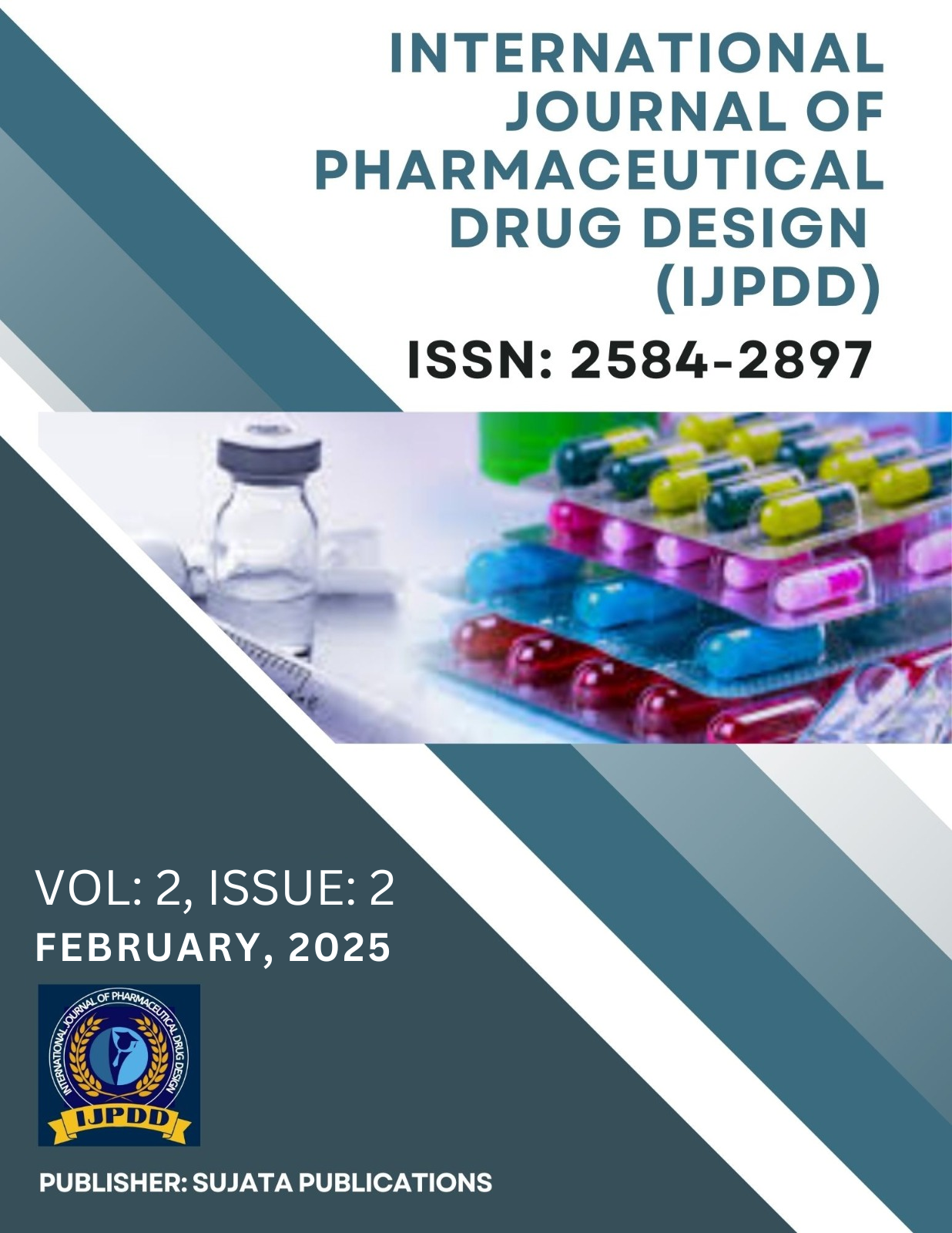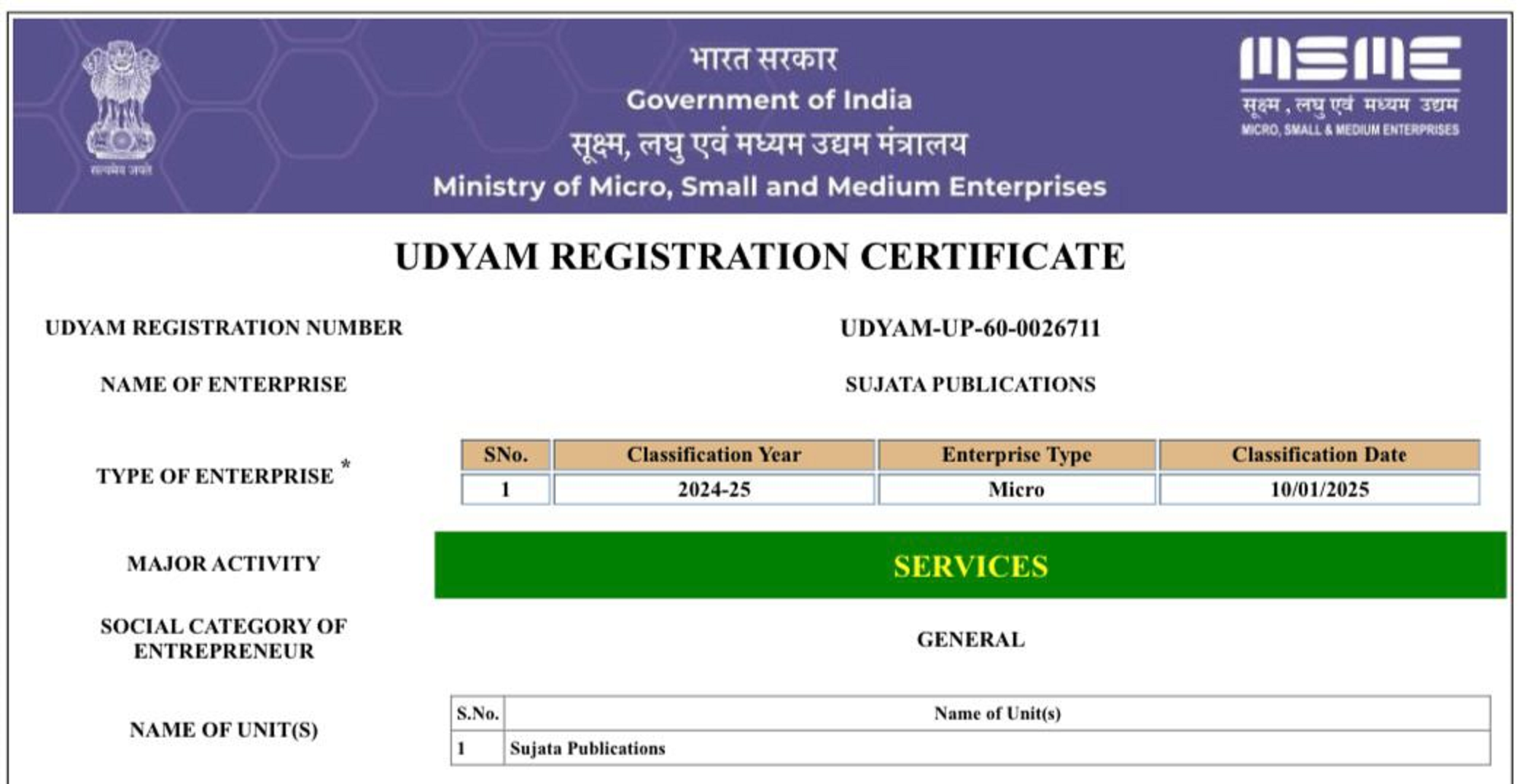Wilms Tumor: A Rare but Aggressive Childhood Cancer
DOI:
https://doi.org/10.62896/Abstract
Wilms’ tumor is also know as nephroblastoma is a rare pediatric kidney cancer that primarily effect children under the age of 5. It originates from immature renal cell and is characterized by its ability to present as a large abdominal mass, often discovered incidentally during routine medical examination .the pathogenesis of Wilms tumor involves complex genetic alteration including mutations in tumor suppressor genes such as Wilms tumor1 and the imbalance in chromosomes . although the prognosis for children diagnosed with Wilms tumor has significantly improved due to advances in treatment including surgery, chemotherapy and radiation challenges persist in managing reccurent metastasized cases the treatment approach is based on the staging tumour with ongoing research focused on optimizing high survival rates .symptoms such as hypertension, hematuria, or abdominal pain. Crucial diagnosis of Wilms tumor is abdominal ultrasound is often the first imaging modality used, followed by computed tomography (CT) or magnetic resonance imaging (MRI) to asses the tumors size location, and potential spread. Is usually not required unless there is ambiguity in diagnosis as Wilms tumor characteristics appearence and imaging is often diagnostic. The main test involves ULTRASOUND OF THE ABDOMEN: a non invasive imaging technique that uses ultrasound waves to create an image of the internal organs it is often used as the first step to detect a kidney mass. The most commonly used drugs in the treatment of Wilms tumor includes: VINCRISTINE, DACTINOMYCIN.

Downloads
Published
Issue
Section
License
Copyright (c) 2025 Sujata Publications

This work is licensed under a Creative Commons Attribution-NonCommercial 4.0 International License.















